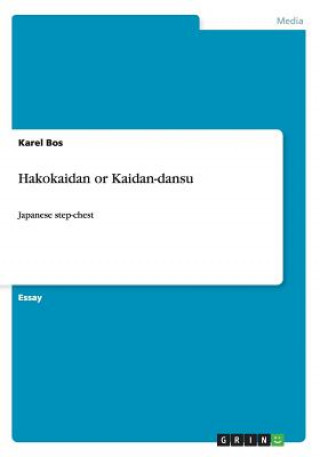
Kod: 09071528
Hakokaidan or Kaidan-dansu
Autor Karel Bos
Essay from the year 2012 in the subject Art - Architecture / History of Construction, , language: English, abstract: The Japanese step-chest (kaidan-dansu or hakokaidan) is inextricably linked with the traditional 'machiya'§in Kyo ... więcej
- Język:
 Angielski
Angielski - Oprawa: Miękka
- Liczba stron: 20
Wydawca: Grin Publishing, 2014
- Więcej informacji o książce

70.76 zł
Zwykle: 74.56 zł
Oszczędzasz 3.80 zł

Dostępna u dostawcy
Wysyłamy za 8 - 10 dni
Zobacz książki o podobnej tematyce
-

Something Wicked from Japan
93.24 zł -23 % -

Teasing Master Takagi-san, Vol. 10
57.75 zł -5 % -

Ghastly Tales from the Yotsuya kaidan
59.93 zł -

Physics at the Large Hadron Collider
586.69 zł -

Sex Practice
45.66 zł -

United States and the World Face to Face
201.81 zł -5 % -

Transfusion Guide for Clinicians
175.60 zł
Bon podarunkowy: Radość gwarantowana
- Podaruj bon o dowolnej wartości, a my się zajmiemy resztą.
- Bon podarunkowy dotyczy całej naszej oferty.
- Możesz wydrukować elektroniczny bon z e-maila a następnie przekazać go obdarowanemu.
- Ważność bonu wynosi 12 miesięcy od daty wystawienia.
Więcej informacji o Hakokaidan or Kaidan-dansu
Za ten zakup dostaniesz 41 punkty
 Opis
Opis
Essay from the year 2012 in the subject Art - Architecture / History of Construction, , language: English, abstract: The Japanese step-chest (kaidan-dansu or hakokaidan) is inextricably linked with the traditional 'machiya'§in Kyoto. In contrast to the 'minka', which are farmhouses, fishermen's houses and mountain dwellings, the§'machiya' is a merchants' and craftsmen's town-house, specifically in Kyoto, also often called 'kyo-machiya'.§Kyoto 'machiya' are traditional townhouses with distinctive Kyoto-style latticework doors and slatted§second-story windows (fig. 1+2). Machiya are already depicted on 17th century screens and they were still§built during the Taisho period and beyond until about 1936.§These wooden houses, where merchants and artisans both lived and worked, provided a space in front for§a store, in the middle for family quarters with small garden, and in the rear for workshops and warehouses.§Many of them can still be seen in the Gion district and they came to be regarded as one of the typical§traditional structures which characterise the ancient city of Kyoto.§Kyoto, Japan s capital of traditional culture, is one of the few Japanese cities that was spared from the§bombings of World War II, yet every year scores of 'machiya' are destroyed, victims of neglect and urban§redevelopment, thus rapidly erasing the traditional urban fabric. Luckily civic groups in Kyoto are working§hard to save the buildings that remain and to preserve this superb example of Kyoto vernacular architecture.§Typically the 'machiya' has a narrow front of about 5.5 to 6.4 m (3 to 3.5 ken ) and a depth of around 20 m§(11 ken ). As homes were taxed according to the size of the street frontage, this design originated from§economic necessity (fig. 16). However, as merchants became richer, they built larger 'machiya' and it is not§unusual to find a frontage of 6 and 7 ken (12.7 m).§The meaning of the modern concept of the 'module' has an exceptional antecedent in Japan, where for§hundreds of years the ordinary houses have been built on the basis of a modular order which is unique. [...]
 Szczegóły książki
Szczegóły książki
Kategoria Książki po angielsku The arts Architecture
70.76 zł
- Pełny tytuł: Hakokaidan or Kaidan-dansu
- Podtytuł: Japanese step-chest
- Autor: Karel Bos
- Język:
 Angielski
Angielski - Oprawa: Miękka
- Liczba stron: 20
- EAN: 9783656822820
- ISBN: 3656822824
- ID: 09071528
- Wydawca: Grin Publishing
- Waga: 54 g
- Wymiary: 254 × 178 × 1 mm
- Data wydania: 24. October 2014
Ulubione w innej kategorii
-

The Modern A-Frame
116.42 zł -23 % -

Container and Modular Buildings
183.26 zł -10 % -

Milan Architecture
123.98 zł -6 % -

S, M, L, XL
365.92 zł -4 % -

Kelly Wearstler
207.55 zł -13 % -

Monotowns
86.18 zł -19 % -
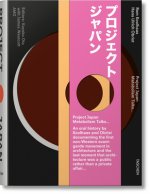
Koolhaas/Obrist. Project Japan. Metabolism Talks
234.97 zł -

Atlas of Brutalist Architecture
285.68 zł -5 % -
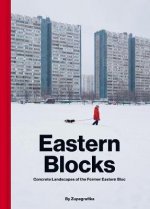
Eastern Blocks
73.18 zł -30 % -
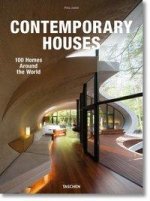
Contemporary Houses. 100 Homes Around the World
241.02 zł -5 % -
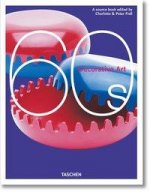
Decorative Art 60s
122.17 zł -4 % -

New Nordic Houses
162.29 zł -23 % -

Decorative Art 70s
122.17 zł -4 % -

Architectural Detailing - Function, Constructibility, Aesthetics 3e
437.49 zł -

German Belt Buckles 1845-1945: Buckles of the Enlisted Soldiers
231.04 zł -10 % -

101 Things I Learned in Architecture School
75.39 zł -13 % -

Tiny House Design and Construction Guide
105.64 zł -4 % -

Brutal Poland
86.18 zł -19 % -

Architecture Reference & Specification Book updated & revised
88.80 zł -23 % -

More Beautiful
170.96 zł -13 % -
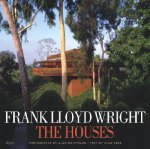
Frank Lloyd Wright: The Houses
354.43 zł -12 % -

Pugin's Gothic Ornament
65.62 zł -4 % -

domus 1960s
122.17 zł -4 % -

BIG
228.12 zł -9 % -

Made in Norway
86.58 zł -

Architecture in the 20th Century
241.02 zł -5 % -
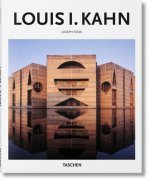
Louis I. Kahn
86.89 zł -

Living in the Desert
205.64 zł -4 % -

On Architecture: Bks. I-X
81.54 zł -5 % -

Barbican Estate
185.17 zł -23 % -

Rebirth of an English Country House
221.97 zł -6 % -

Beauty of Home
176.10 zł -23 % -

domus 1970s
122.17 zł -4 % -

What Is Japanese Architecture?: A Survey Of Traditional Japanese Architecture
126.10 zł -11 % -

Rattan
244.25 zł -13 % -

Chicagoisms
154.23 zł -15 % -

Bricks Now & Then
202.21 zł -7 % -

Construction Drawings and Details for Interiors, Fourth Edition
344.95 zł -
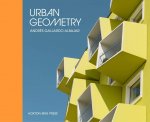
Urban Geometry
79.53 zł -23 % -

Garden Pools and Swimming Ponds: Design, Construction, and Landscape
118.74 zł -10 % -

Scenes of the Street and Other Essays
198.21 zł -5 % -

Crystal Palace
103.62 zł -14 % -

Brick 22
220.25 zł -

Brutal East Vol. II
90.01 zł -30 % -

Architecture Without Architects
145.66 zł -

Martin Rauch: Refined Earth
243.74 zł -10 % -

Atmospheres
167.83 zł -9 % -
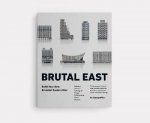
Brutal East (model Kits)
71.76 zł -23 % -

Eiffel Tower
143.14 zł
zadowolonych klientów
Od roku 2008 obsłużyliśmy wielu miłośników książek, ale dla nas każdy był tym wyjątkowym.
Copyright! ©2008-24 libristo.pl Wszelkie prawa zastrzeżonePrywatnieCookies


 21 milionów książek
21 milionów książek Dostawa 10.99 zł
Dostawa 10.99 zł (32) 444 93 66 (8-15.30h)
(32) 444 93 66 (8-15.30h)